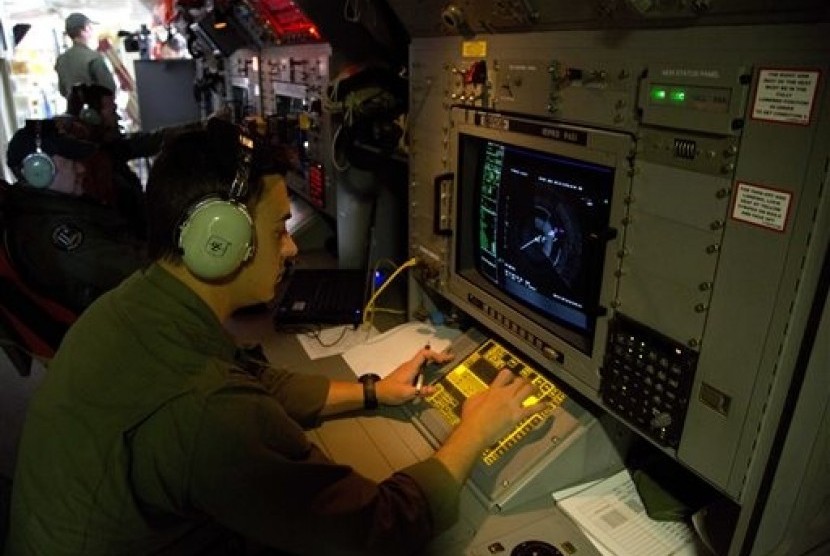REPUBLIKA.CO.ID, Australia announced Friday that the search area for the Malaysia Airlines jet that disappeared March 8 has shifted to a new Indian Ocean region, 1,100 kilometers (680 miles) to the northeast of where planes and ships had been trying to find it.
Why the shift?
Martin Dolan, chief commissioner of the Australian Transport Safety Bureau, said an additional analysis of radar data indicated the plane was traveling faster than was previously thought, resulting in increased fuel usage and reducing the possible distance it traveled south.
Dolan said the previous analysis had a range of possible assumptions about aircraft speed, and those assumptions have now been refined. He could not say exactly how much faster the plane is believed to have been traveling.
New debris sightings
Five out of 10 search planes spotted multiple unidentified objects in the new search zone, and a ship will attempt to confirm the sightings and identify the items on Saturday, the Australian Maritime Safety Authority said.
Confusion over imagery
Several countries have announced recent satellite sightings of debris in the previous search area. In an apparent difference of views, Australian officials have been hesitant to describe the objects as possible plane debris and are focusing instead on the new search area, while Malaysian Defense Minister Hishammuddin Hussein said he believes both the debris sightings and the new search zone should be investigated. Some experts say the objects are most likely sea junk.
New search area
The new search zone is both closer to western Australia — and therefore easier for search crews to reach — and does not have the same harsh weather conditions as the old search location.
Robin Beaman, a marine geologist and research fellow at Australia's James Cook University, said the new information means any debris that has sunk is likely to be in deeper water than previously thought, perhaps about 4,600 meters (15,100 feet) rather than 3,000 meters (9,842 feet).


